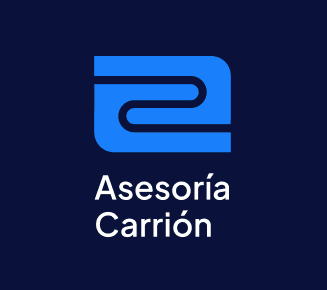Laura Falcón nos enseña la fauna y flora de nuestra localidad en Puerto Real Hoy. La puertorrealeña nos acercará con sus fotografías todas las especies que podemos encontrar en Puerto Real. Hoy, la Golondrina dáurica (Cecropis daurica).
Esta golondrina, al contrario que la común, posee hábitos menos urbanos. Se dejan ver con facilidad en las zonas agrestes de nuestro pueblo en los meses de primavera y verano.
Su dieta se basa en pequeños artrópodos que cazan al vuelo. A diferencia de la golondrina común, ésta posee un vuelo algo más lento, aunque también lleno de giros y acrobacias.
El nido es más parecido al de un vencejo que al de su pariente cercana la golondrina común. Construyen una media esfera de barro pegada a alguna roca o techumbre con un pequeño túnel central característico.
Es una especie que proviene de África y Asia.







